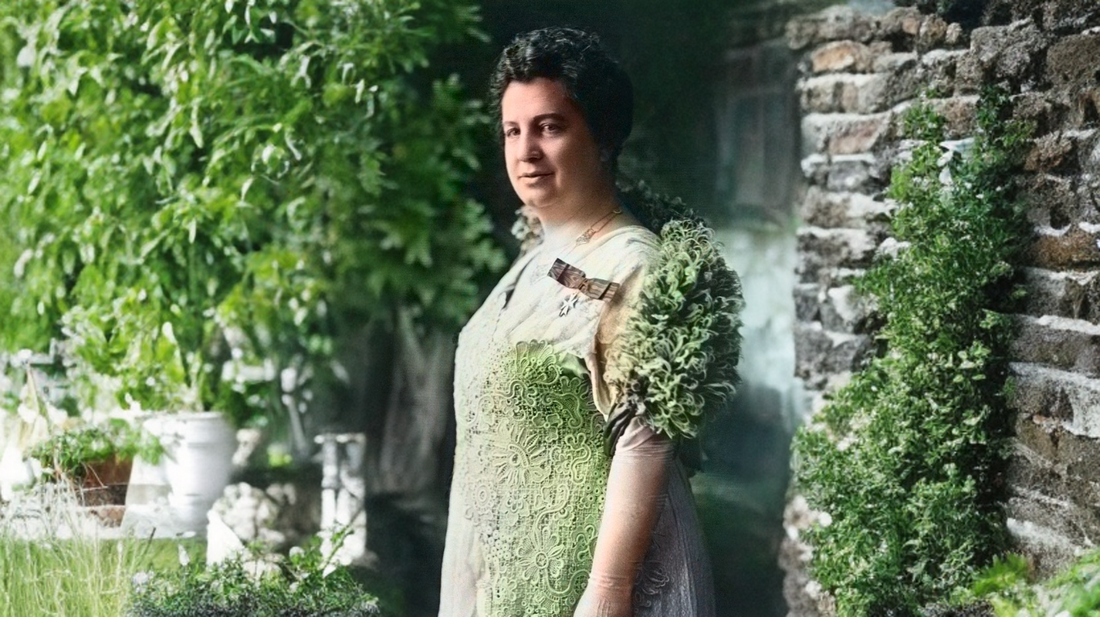
Why Was Cannabis Banned in Canada Before the U.S.? The Shocking Story of Emily Murphy and The Black Candle
Stephan RichIntroduction: Canada’s Unexpected Role in Cannabis Prohibition
Many people assume that cannabis prohibition was a U.S.-led movement, but did you know that Canada outlawed cannabis in 1923—14 years before the U.S. Marihuana Tax Act of 1937? And unlike other drug bans, this decision happened with no debate, no scientific evidence, and no public demand.
So why did Canada criminalize a plant that had little documented use at the time? The answer lies in fear, misinformation, and the influence of a single woman: Emily Murphy. This article explores how her writings shaped drug policy, the racist undertones behind prohibition, and the lasting impact on cannabis laws worldwide.
Who Was Emily Murphy? A Pioneer and a Controversial Figure
Emily Murphy (1868–1933) was a well-known Canadian women’s rights activist, best remembered as one of the Famous Five, who fought for women to be legally recognized as “persons” in Canada. However, beyond her progressive advocacy for gender equality, she was also a strong proponent of drug prohibition, publishing deeply racist and alarmist narratives about narcotics and their users.
Her most influential work was The Black Candle, a book published in 1922, which fueled moral panic over drugs, including cannabis. This book helped push Canada to criminalize marijuana just one year later, in 1923.
The Black Candle: Fear, Misinformation, and Racism
The Black Candle was a sensationalist book based on a series of articles Murphy had published in Maclean’s magazine. In it, she painted a terrifying picture of drug users, claiming they were violent, morally corrupt, and part of a conspiracy to destroy white society.
Key Claims in The Black Candle
She linked drugs to racial minorities: She portrayed Chinese, Black, and South Asian immigrants as the main distributors of narcotics, including cannabis, and accused them of corrupting white women.
She exaggerated cannabis’s effects: Murphy cited “experts” claiming that just one puff of marijuana could turn a person into a criminal or a madman.
She quoted fake statistics and anonymous sources: There was no scientific evidence backing her claims, but that didn’t stop her from presenting them as facts.
She pushed for harsher drug laws: Murphy’s book was not just a reflection of public sentiment—it was a direct call to action for the government to impose strict drug bans.
Direct Quotes from The Black Candle
Murphy’s language was alarmist and intended to instill fear in her readers. Some of her most shocking statements include:
"The fatal marihuana cigarette must be recognized as a menace." – Emily Murphy, The Black Candle
"Drug traffickers, especially those of Asiatic races, have corrupted our youth with their vile substances."
"The use of marijuana leads to insanity and crime within a matter of weeks."
1923: The Year Cannabis Was Banned—Without Debate
Following the publication of The Black Candle, the Canadian government quietly added cannabis to its list of prohibited substances in 1923 under the Opium and Narcotic Drug Act. Unlike other drug laws, which had at least some public discussion, this decision was made without any parliamentary debate or documented scientific justification.
What makes this ban unique?
- No recorded evidence of cannabis being a widespread problem in Canada at the time.
- No major public demand for its prohibition.
- No real scientific studies to justify criminalization.
- No parliamentary debate—just a quiet addition to the drug law.
Simply put, Canada banned cannabis not because of real concerns, but because of racism, misinformation, and political pressure.
The Long-Term Consequences of Murphy’s Influence
1. The Spread of Cannabis Prohibition Globally
Although Murphy’s influence was limited to Canada, her fear-mongering narratives aligned with U.S. prohibitionist movements, particularly under Harry Anslinger, the first commissioner of the U.S. Federal Bureau of Narcotics. The U.S. used similar racially charged propaganda to push for the Marihuana Tax Act of 1937, which set the stage for global cannabis prohibition through international agreements like the 1961 Single Convention on Narcotic Drugs.
2. Mass Incarceration and Criminalization
Canada’s early cannabis ban paved the way for decades of unjust arrests, disproportionate targeting of marginalized communities, and widespread stigmatization of cannabis users. Even though Canada legalized cannabis in 2018, many people are still feeling the social and legal consequences of those early prohibitionist laws.
3. The Stifling of Medical and Scientific Research
Because cannabis was criminalized so early, scientific research on its medical benefits was severely limited for decades. The stigma created by Murphy’s book and similar propaganda delayed medical cannabis legalization and prevented patients from accessing alternative treatments.
A Reckoning: Rewriting History with the Truth
Emily Murphy is often remembered as a feminist hero, but her role in fueling racist drug policies and misinformation should not be ignored. Her influence on Canada’s cannabis ban shows how fear and propaganda can shape laws for generations, even without real evidence.
As cannabis laws continue to evolve, it’s crucial to recognize and challenge the racist, unscientific foundations of past prohibition policies. Understanding history helps ensure that future cannabis regulations are based on science, human rights, and social justice—not fear.
Conclusion: A New Chapter for Cannabis in Canada
One hundred years after Canada banned cannabis without debate, we are finally undoing the damage. But history matters—because without understanding how prohibition began, we can’t fully repair the harm it caused.
Sources:
-
Internet Archive : The Black Candle, Emily Murphy (1922)
- Wikipedia : Legal history of Cannabis in Canada
- Youth Rex : A History of Cannabis in Canada
